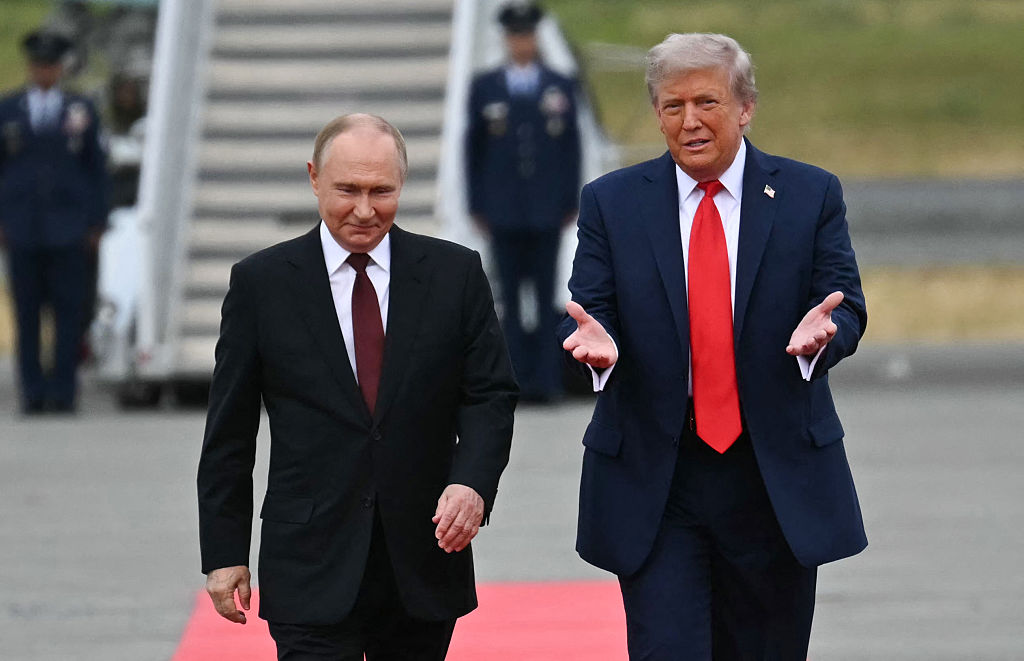The recently concluded summit between US President Donald Trump and Russian President Vladimir Putin in Alaska has been a stage for strategic moves, calculated diplomacy, and complex power dynamics. Beyond the red carpet, military flyovers, and carefully crafted optics, the core of the summit lies in the nuanced interactions between the two leaders and the implications for Ukraine and global geopolitics.
At the heart of the summit was Trump's gift of time to Putin. With Russian advances in Ukraine reaching a critical point, the window of opportunity for significant military gains before the onset of harsh weather conditions looms. This time pressure pushes Putin to seek diplomatic solutions while maintaining a facade of battlefield aggression. The dynamics on the ground in Ukraine and the economic pressures faced by Russia play a crucial role in the negotiation strategies of both leaders.
Despite the cordial veneer of the summit, the underlying tensions and divergent interests between the US, Russia, and Ukraine remain evident. Trump's approach, characterized by grand gestures and personal rapport, contrasts with Putin's calculated pragmatism and long-term strategic goals. While Trump sought to showcase the summit as a success, the lack of concrete outcomes underscored the complexities of the situation, particularly concerning Ukraine's sovereignty and security.
The absence of a ceasefire agreement and the focus on a lasting peace deal underscore the diverging priorities of the involved parties. Putin's demands for territorial control in Ukraine's Donbas region present a significant obstacle to reaching a resolution, as they are politically and practically untenable for Ukraine. The intricate negotiations and shifting demands highlight the challenges of mediating a conflict with deep-rooted geopolitical implications.
Putin's strategic maneuvers, coupled with Trump's diplomacy-driven approach, create a precarious balance that could shape the future of Eastern Europe. As the US, Russia, and Ukraine navigate the complexities of the conflict, the stakes are high for all parties involved. The need for substantive progress and meaningful engagement underscores the urgency of addressing the ongoing crisis in Ukraine.
The aftermath of the Alaska summit reflects a delicate dance of power dynamics, conflicting interests, and geopolitical calculations. As the spotlight shifts from the summit stage to the realities on the ground, the implications of the diplomatic maneuvers and strategic posturing will continue to reverberate in the region. The path forward remains uncertain, with the fate of Ukraine hanging in the balance amidst the intricate web of international relations and conflicting agendas.
In conclusion, the Alaska summit between Trump and Putin offers a glimpse into the complex interplay of politics, diplomacy, and power dynamics in the global arena. The nuances of the negotiations, the strategic calculations of the leaders involved, and the implications for Ukraine underscore the intricate nature of international diplomacy. As the world watches the unfolding developments in Eastern Europe, the outcomes of the summit hold significant repercussions for the future of the region and beyond.


